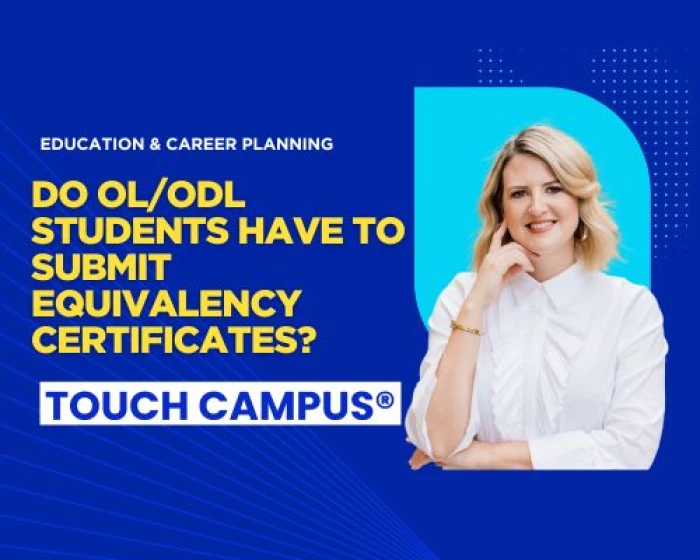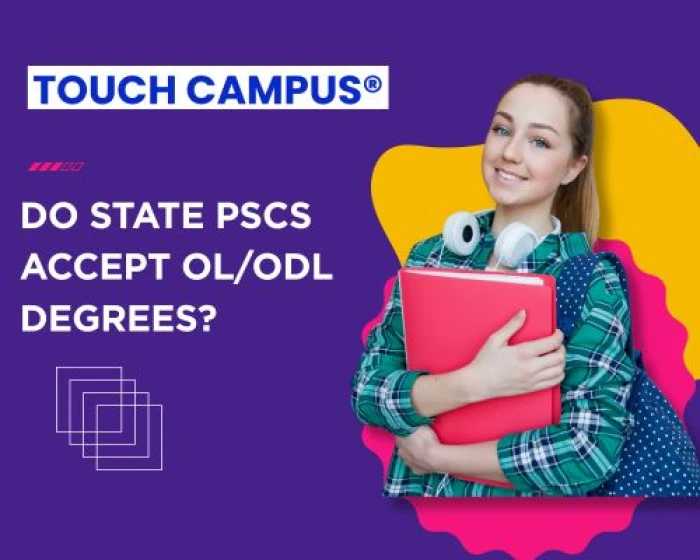Blog Body:
In today’s fast-paced world, flexible learning options are more important than ever. Two popular education modes leading this change are MOOCs and OL/ODL programs. But what exactly are MOOCs, and how do they fit into Open and Distance Learning (ODL) or Online Learning (OL) programs? Let’s explore.
What Are MOOCs?
MOOCs stand for Massive Open Online Courses. These are free or low-cost courses available online to anyone, anywhere.
Key features of MOOCs include:
Open access without strict entry requirements
Large numbers of participants from across the globe
Interactive content like videos, quizzes, and discussion forums
Certification options upon completion (sometimes paid)
Platforms like Coursera, edX, and SWAYAM (India’s national MOOC platform) offer thousands of courses on various subjects, from business and technology to arts and science.
How Do MOOCs Complement OL/ODL Programs?
OL/ODL programs provide structured degree or diploma courses with flexibility, but they often follow a fixed curriculum set by universities. MOOCs can complement these by offering:
Additional Skill Development: MOOCs provide short courses on niche or emerging skills (e.g., digital marketing, data science) which may not be part of traditional OL/ODL syllabi.
Flexible Learning: Learners can explore topics beyond their main program at their own pace, enhancing knowledge without extra admission processes.
Affordable Access: Many MOOCs are free or affordable, making them a great add-on for students and working professionals seeking continuous learning.
Certification: Completing MOOCs with certificates can boost resumes alongside OL/ODL degrees.
Integration of MOOCs in OL/ODL Programs
Several universities and institutions are now integrating MOOCs into their OL/ODL offerings. Here’s how:
Credit Transfer: Some universities allow students to earn academic credits for MOOCs, which count toward their degree programs under schemes like the Academic Bank of Credits (ABC).
Blended Learning: MOOCs are used as supplementary learning resources alongside regular OL/ODL study materials.
Customized Learning Paths: Students can pick MOOCs relevant to their interests or career goals to personalize their education journey.
Collaboration with MOOC Platforms: Universities partner with MOOC providers to include their courses as electives or skill enhancement modules.
Why Should Indian Students and Working Professionals Care?
Stay Updated: Rapid industry changes mean learning never stops. MOOCs help you keep pace with new trends and skills.
Flexibility: Manage studies alongside jobs or personal commitments easily.
Career Growth: Certifications from reputed MOOC platforms add value to your profile.
Cost-Effective: Access quality education without hefty fees.
Quick Tips for Using MOOCs Effectively in OL/ODL Learning
Choose MOOCs aligned with your career goals or interest areas.
Check if your university accepts MOOC credits before enrolling.
Balance MOOC learning with your main OL/ODL coursework to avoid overload.
Engage actively in course discussions and assignments for better learning.
Final Thoughts
MOOCs and OL/ODL together create a powerful combo for modern learners. By integrating MOOCs into OL/ODL programs, students and professionals in India can enjoy flexible, affordable, and quality education tailored to their needs.
If you’re pursuing OL/ODL education, explore MOOC options to enrich your learning journey and boost your career!







